
최근 전 세계적으로 로봇 산업이 빠르게 성장함에 따라, 이를 뒷받침할 제조 기술에 대한 관심도 뜨겁습니다. 그중에서도 특히 폴리머 SLA(광경화 수지 조형) 3D 프린팅 기술이 주목받고 있는데, 이는 단순히 시제품 제작 단계를 넘어 로봇의 최종 부품 생산에까지 적용 범위를 넓혀가고 있기 때문입니다.
산업 현장의 협동 로봇부터 물류 창고의 자율주행 로봇(AMR), 그리고 우리 일상을 돕는 서비스 로봇과 웨어러블 로봇까지, 로봇 산업은 전례 없는 속도로 성장하고 있습니다. 이러한 성장의 이면에는 더 가볍고, 더 정교하며, 사용자에게 완벽하게 맞춰진 로봇을 빠르게 만들어내야 하는 제조의 과제가 놓여 있습니다.
한 시장 조사 보고서에 따르면, 전 세계 3D 프린팅 로봇 시장 규모는 2022년 약 22억 5천만 달러에서 2030년에는 약 70억 달러 규모로 성장할 것으로 전망됩니다. 이는 연평균 15% 이상의 높은 성장률로, 로봇 제조 현장에서 3D프린팅의 비중이 얼마나 빠르게 확대되고 있는지를 단적으로 보여줍니다.
글로벌 사례: 3D프린팅이 로봇을 어떻게 바꾸고 있는가?
SLA 3D프린팅은 매끄러운 표면 품질과 높은 정밀도를 바탕으로, 로봇의 외장 커버, 센서 하우징, 정밀 커넥터 등 다양한 부품에 적용되고 있습니다.
1. 오픈 바이오닉스(Open Bionics) - '히어로 암(Hero Arm)'
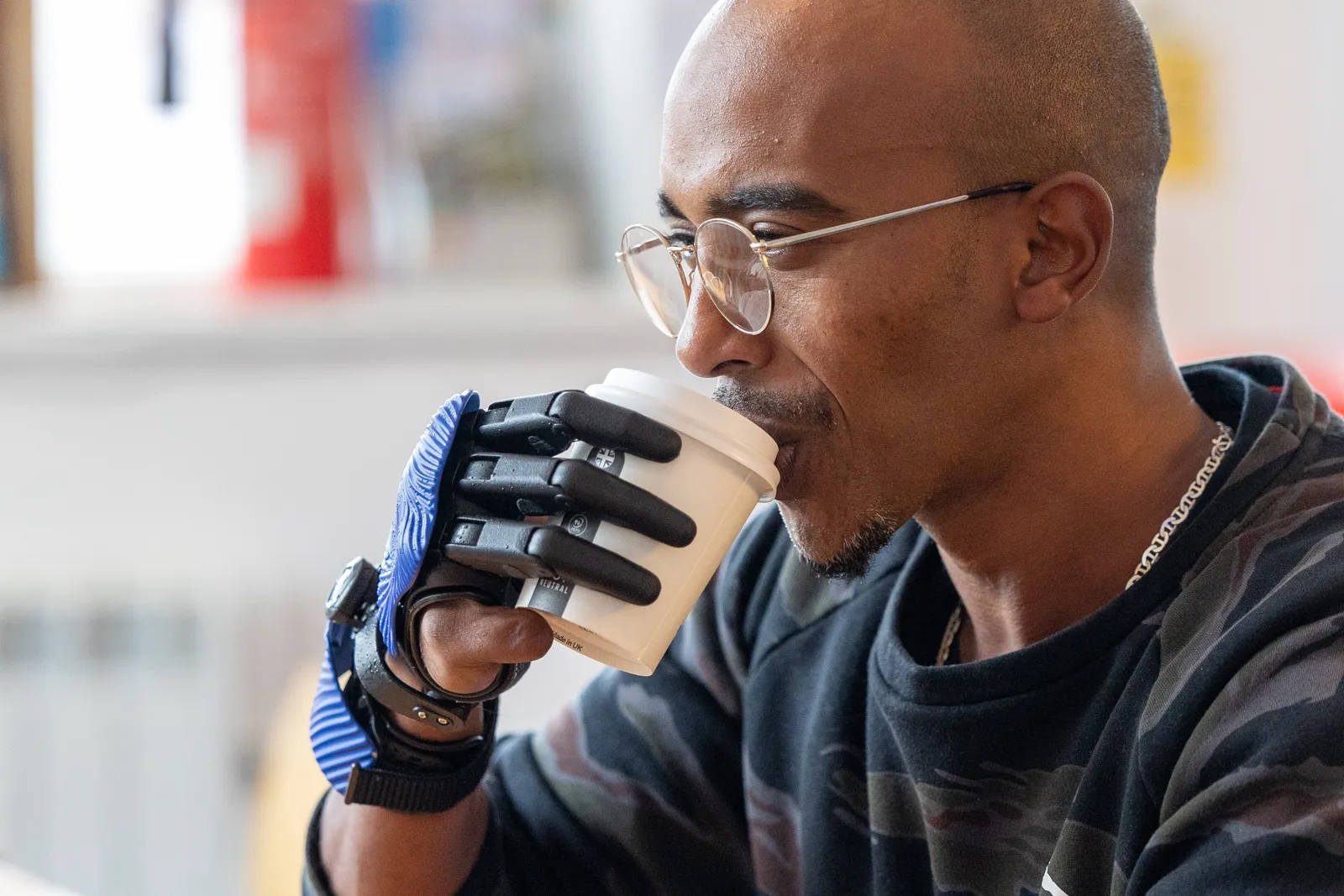

3D프린팅으로 맞춤형 의료 로봇의 대중화를 이끌다
영국의 오픈 바이오닉스사는 사용자 맞춤형 바이오닉 의수 '히어로 암' 프로젝트를 통해 3D프린팅의 가치를 증명했습니다. 사람마다 다른 신체 절단 부위에 완벽하게 맞는 소켓과 외부 쉘(커버), 손가락 부품 등을 SLA 3D프린팅 기술로 제작했습니다.
- 비용 혁신: 전통적인 제조 방식 대비 제작 비용을 1/10 수준으로 획기적으로 낮추었습니다.
- 납기 단축: 수개월이 걸리던 제작 기간을 단 며칠로 단축하여, 고가의 의료용 로봇 보조장치를 저렴하고 빠르게 공급하는 길을 열었습니다.
2. MIT - '미니 치타(Mini Cheetah)

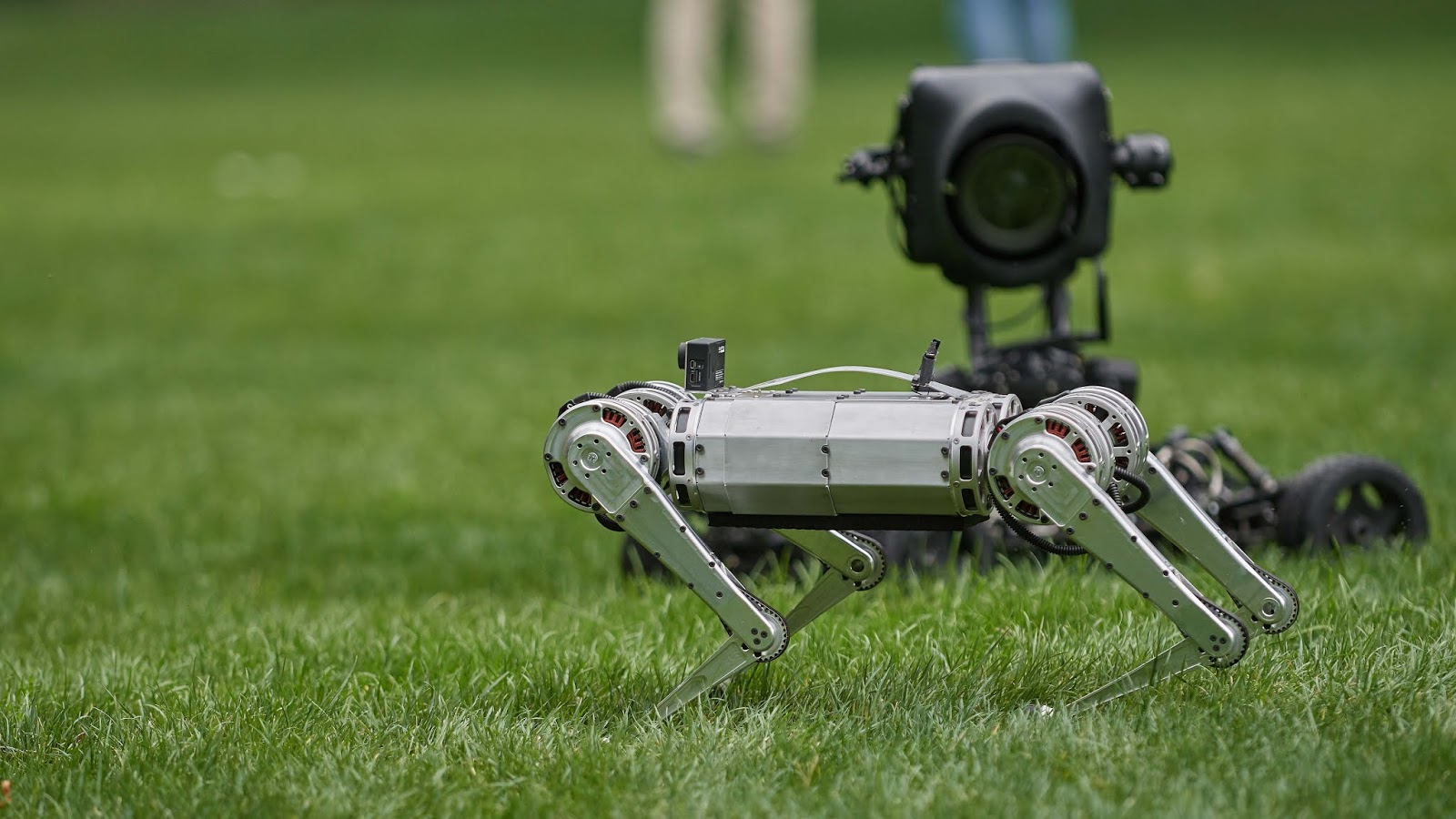
빠른 개발 사이클과 3D 프린팅 제조 설계로 경량화를 실현하다
MIT 연구팀이 개발한 소형 사족보행 로봇 '미니 치타'는 역동적인 움직임을 위해 가볍고 튼튼한 부품이 필수적이었습니다. 연구팀은 3D프린팅을 적극 활용하여 다관절 구조물과 외장 부품을 제작했습니다.
- 경량화: 복잡한 내부 구조를 가진 부품을 3D프린팅으로 구현하여 로봇의 무게를 줄이고 운동 성능을 극대화했습니다.
- 개발 가속화: 설계 수정 후 즉시 부품을 출력하여 테스트하는 방식을 통해 로봇의 개발 사이클을 획기적으로 단축했습니다.
3. Festo - '바이오닉 소프트 핸드(BionicSoftHand)'


복잡한 내부 구조의 한계를 넘다
산업 자동화 기업 Festo는 인간과 안전하게 상호작용할 수 있는 부드러운 로봇 그리퍼인 '바이오닉 소프트 핸드'를 개발했습니다. 이 로봇 손은 유연한 구조와 공기압 구동을 위한 복잡한 내부 채널이 특징입니다.
전통적인 가공 방식으로는 제작이 불가능에 가까운 유연한 공기압 손가락과 미세한 내부 공기 통로를 3D프린팅(FDM/TPU 등 활용)으로 완벽하게 구현해냈습니다.
4. INRIA - '포피(Poppy)'
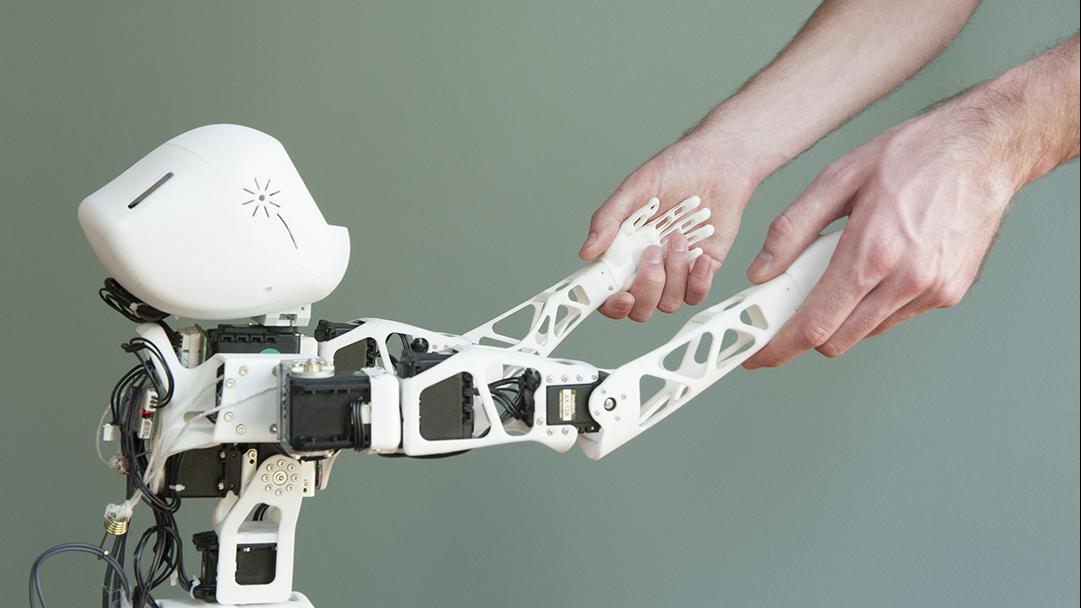
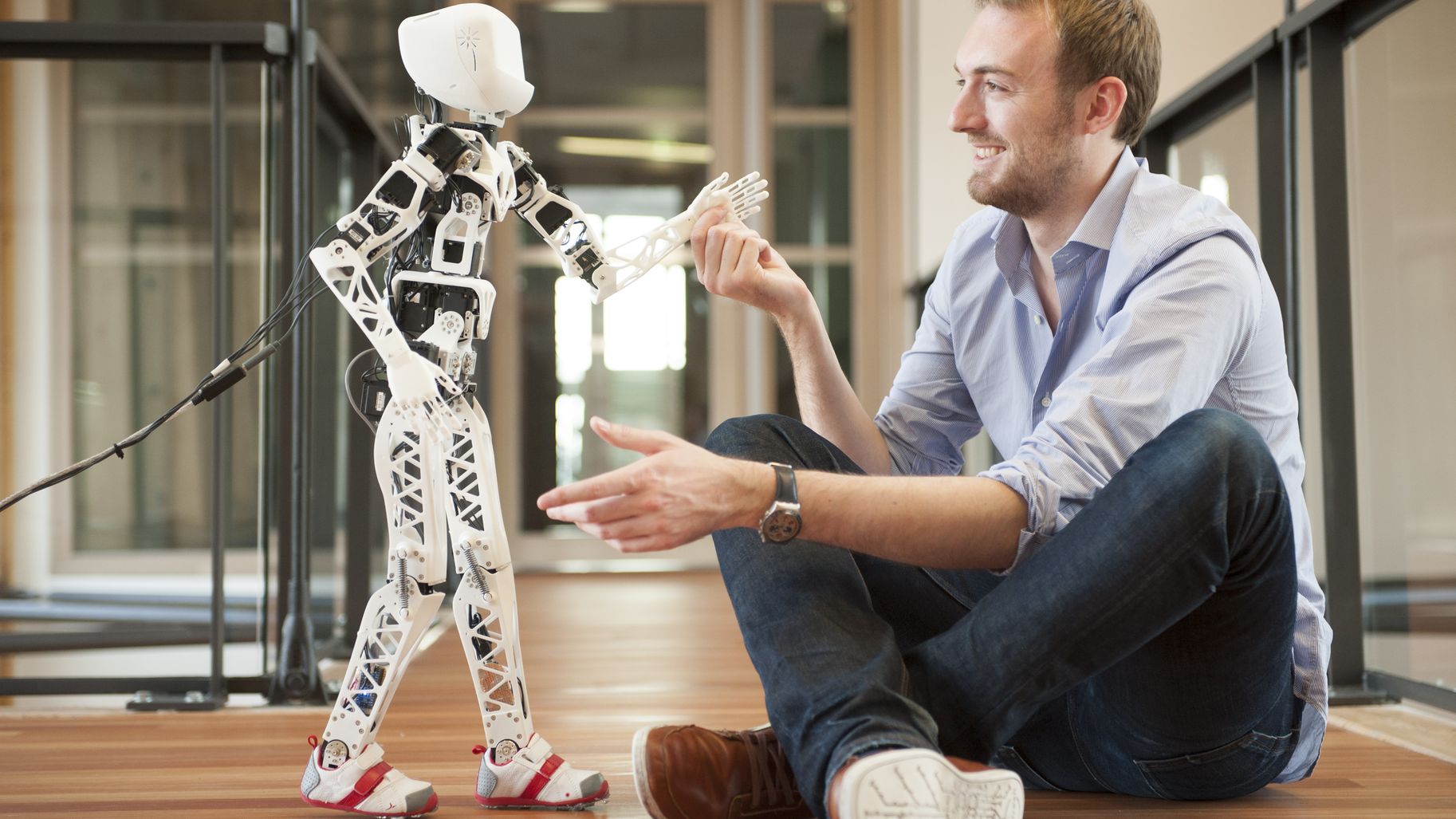
누구나 만들 수 있는 오픈소스 로봇
프랑스 INRIA의 휴머노이드 로봇 '포피'는 전체 구조에 33개의 3D 프린팅 부품을 사용했습니다. 이는 사용자가 필요에 따라 로봇의 설계를 쉽게 변경하고 커스터마이징할 수 있게 하여, 로봇 연구 및 교육의 접근성을 크게 높인 사례로 평가받습니다.
이처럼 첨단 로봇 스타트업부터 의공학 기업, 학술 연구팀에 이르기까지 SLA를 포함한 3D 프린팅을 활용하여 복잡한 부품을 적기에 생산하거나 맞춤형 설계를 실현하는 사례가 급증하고 있습니다.
왜 수많은 3D프린팅 방식 중에서도 SLA 기술이 로봇 부품 제조의 핵심으로 떠오르고 있을까요?

압도적인 정밀도와 표면 품질 :
SLA 기술은 레이저를 이용해 액상 수지를 정밀하게 경화시키는 방식입니다. 이는 다른 3D프린팅 방식(FDM 등)에 비해 월등히 높은 해상도와 매끄러운 표면 품질을 자랑합니다. 로봇의 외장 커버나 센서 하우징처럼 미려한 외관이 중요하거나, 내부의 미세한 채널, 복잡한 기어 구조 등을 구현해야 하는 정밀 부품 제작에 있어 SLA는 타의 추종을 불허하는 강점을 가집니다.
복잡한 형상 구현과 부품 통합(DfAM) :
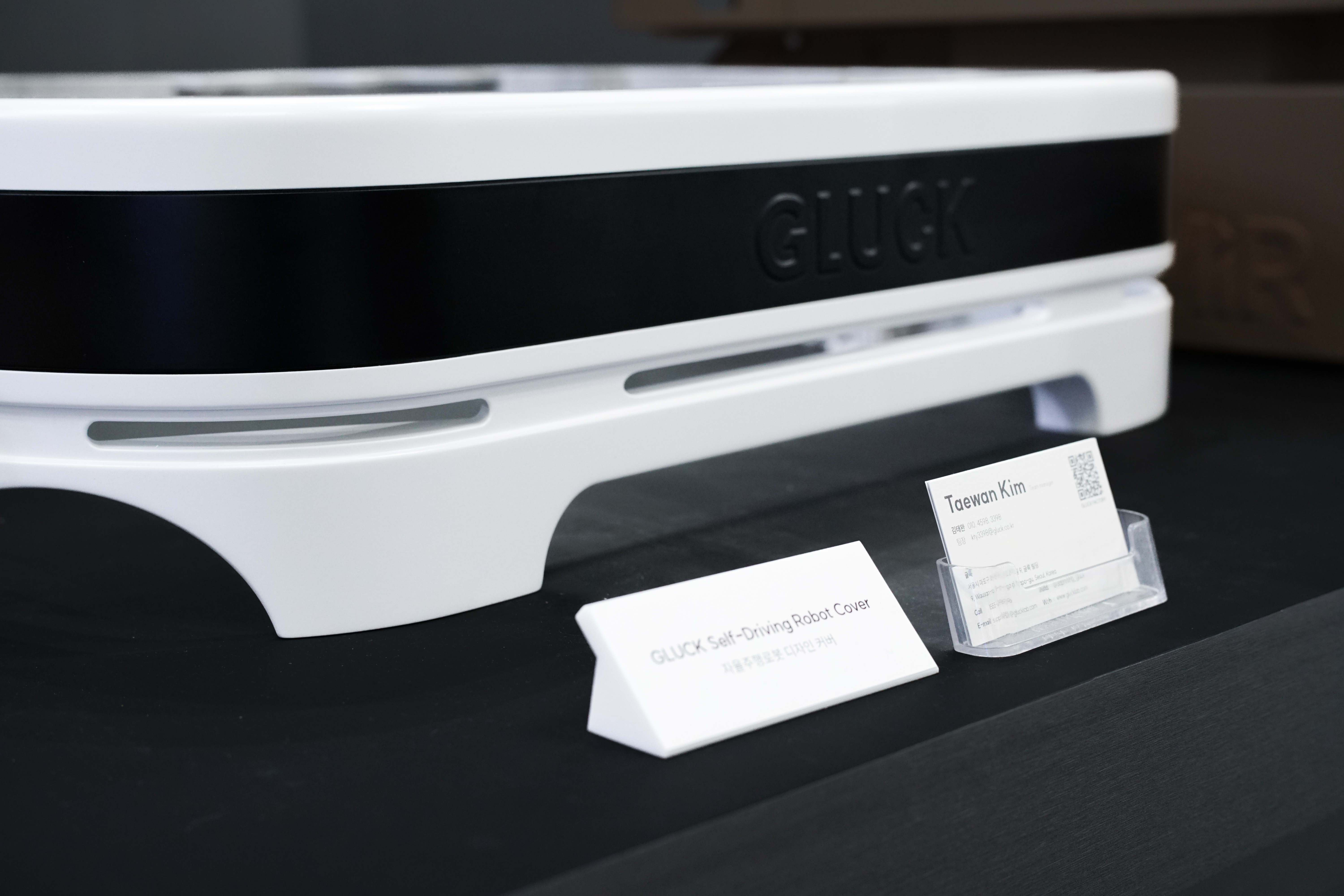

로봇은 관절, 프레임, 외장 등 복잡한 곡면과 유기적인 형상으로 이루어져 있습니다. 기존 절삭 가공 방식으로는 이러한 형상을 구현하기 어렵거나, 수많은 부품을 조립해야만 했습니다. 하지만 SLA 3D프린팅은 설계 데이터만 있다면 아무리 복잡한 형상이라도 한 번에 출력할 수 있습니다. 또한, DfAM(Design for Additive Manufacturing) 설계를 통해 여러 부품을 하나로 통합하거나, 내부를 비워 무게를 줄이는 등 혁신적인 설계가 가능합니다. 이는 로봇의 경량화를 실현하여 에너지 효율을 높이고 동작 성능을 향상시키는 데 결정적인 역할을 합니다.
다품종 소량생산에 최적화된 유연성 :


로봇 시장은 다품종 소량생산의 특성을 가집니다. 서비스 로봇, 웨어러블 로봇 등 용도와 환경에 따라 맞춤형 제작이 필요한 경우가 많기 때문입니다. SLA 3D프린팅은 금형 제작 없이 디지털 파일만으로 즉시 생산이 가능하므로, 다양한 종류의 로봇 부품을 소량으로 빠르게 생산하는 데 최적화되어 있습니다. 이는 개발 기간을 단축하고 시장 반응에 빠르게 대응할 수 있는 유연성을 제공합니다
향후 5~10년, 로봇 부품 생산의 판도가 바뀐다
로봇 분야에서 3D프린팅의 활용이 증가함에 따라 관련 시장도 가파르게 성장하고 있습니다.
- 글로벌 시장: 세계 3D 프린팅 로봇 시장 규모는 2022년 약 22억 5천만 달러에서, 2030년에는 약 70억 달러 규모에 이를 것으로 전망됩니다 (연평균 성장률 15.27%). 이는 로봇 제조 및 운영에서 3D프린팅이 차지하는 비중이 지속적으로 확대될 것임을 시사합니다.
- 한국 시장의 잠재력 : 한국은 제조업 로봇 밀도가 세계 1위 수준인 로봇 강국입니다. 정부 주도의 스마트 제조(Industry 4.0) 추진과 맞물려, 로봇 분야에서의 3D프린팅 보급이 가속화되고 있습니다. 한국의 3D프린팅 전체 시장 규모는 2033년 약 4조 원(31억 7,558만 달러)에 달할 것으로 보이며, 특히 의료 맞춤형 제작과 더불어 로봇·자동화 부품에서의 활용이 고부가가치 핵심 분야로 떠오르고 있습니다.
① 고기능성 소재의 진화

과거 SLA 레진의 약점이었던 취성(잘 깨지는 성질)을 극복한 재료들이 속속 등장하고 있습니다.
- 고강도/복합 소재: 저광량에서도 고강도 경화를 구현한 Tough 레진이나 세라믹/섬유 충진 복합 레진은 기계적 강도가 요구되는 로봇 부품에도 SLA를 적용할 수 있게 합니다.
- 특수 기능성 소재: 150~220℃를 버티는 내열 레진, 유연한 센서부에 쓰이는 탄성 레진, 전자부품 하우징을 위한 ESD(정전기 방지) 레진 등 특수 용도 소재들이 상용화되어 로봇의 다양한 환경에 대응할 수 있습니다.
② 최종 부품(End-use Parts)으로의 확대

현재는 로봇 제조사들이 3D프린팅을 주로 시제품 검증용으로 사용하지만, 향후 10년 내에는 최종 부품의 3D프린팅 비중이 상당히 늘어날 전망입니다. 실제 설문조사에서 로봇 분야 응답자의 30%가 3D프린팅을 최종 사용 부품 생산에 활용한다고 답했으며, 이는 자동차 산업(33%)에 버금가는 높은 수치입니다.
③ DfAM과 AI 설계의 결합
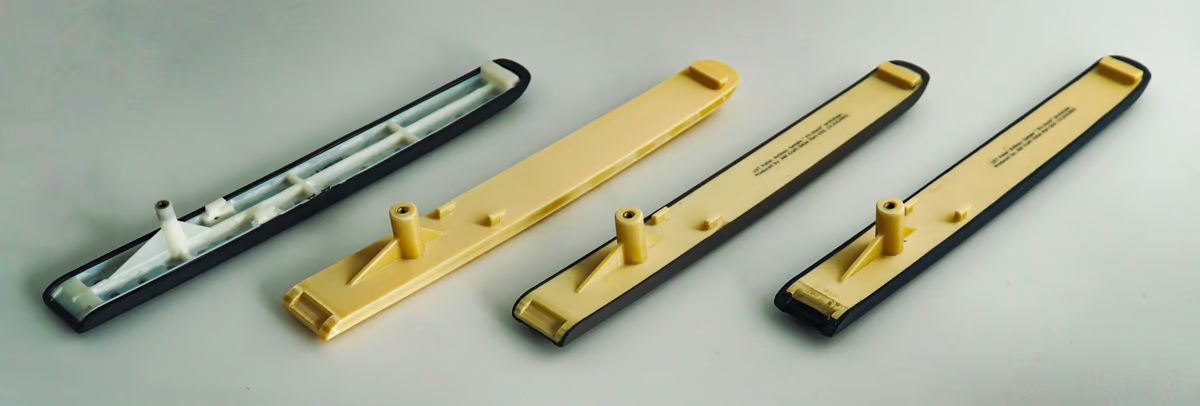
생성형 설계(Generative Design)와 AI 기반 위상 최적화 도구의 발전은 '3D프린팅을 전제로 한 로봇 설계(DfAM)'를 가속화할 것입니다. 사람의 손이나 기존 가공 방식으로는 만들 수 없는 유기적이고 복잡한 형상의 부품을 AI가 설계하고, SLA 프린터가 이를 정밀하게 구현함으로써 로봇의 경량화와 고효율화를 이끌 것입니다.
글룩(GLUCK), 3D프린팅 전문 솔루션으로 산업 연구개발의 속도를 바꾸다
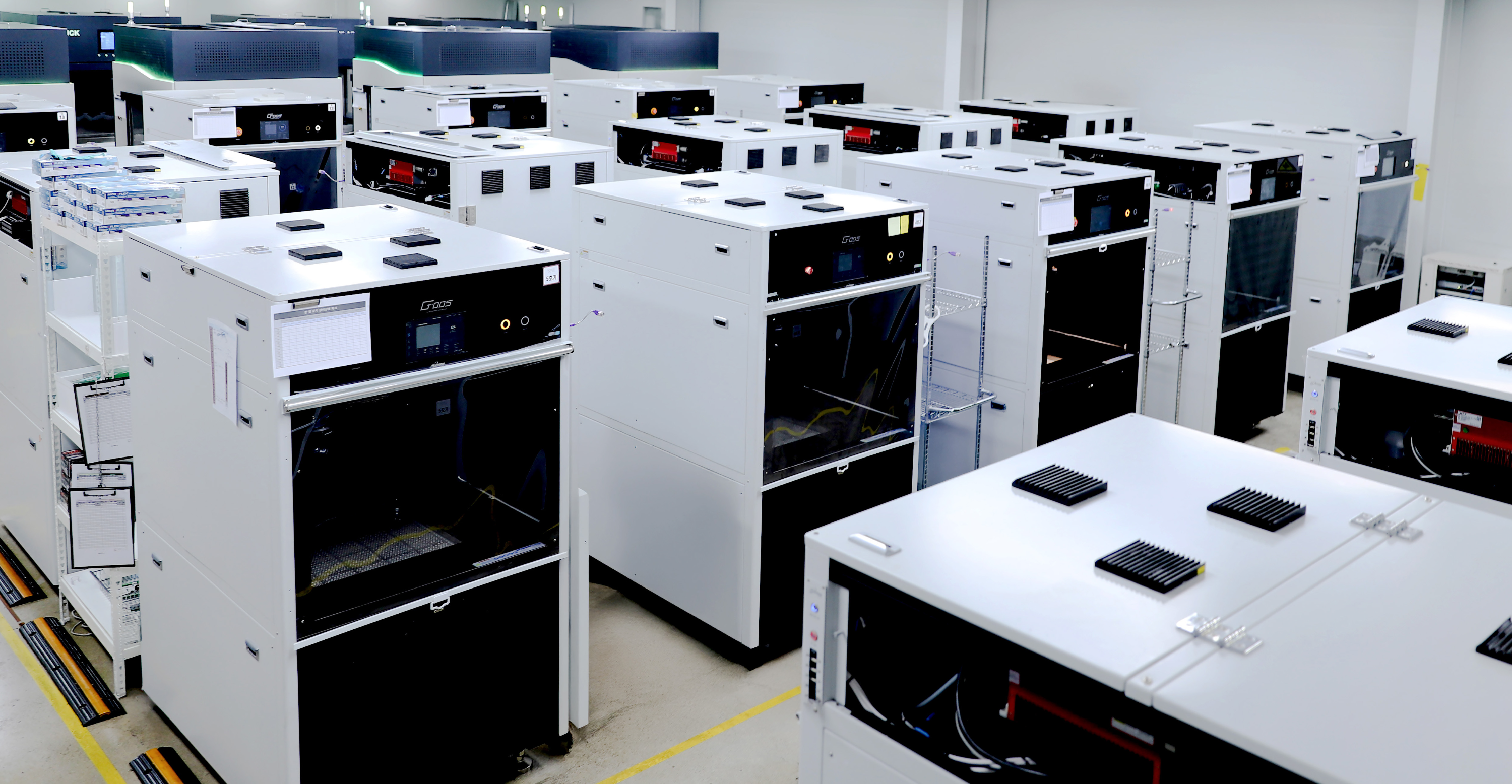
국내 최대 규모의 산업용 3D프린팅 제조 서비스 기업 글룩(GLUCK)은 이러한 흐름을 선도하고 있습니다. 글룩은 약 50기의 산업용 대형 SLA 3D프린터를 보유한 스마트 팩토리를 기반으로, 로봇 부품의 시제품 제작부터 최종 양산까지 원스톱 솔루션을 제공합니다.
대형 부품 및 대량생산의 유연한 대응:


글룩은 2미터 이상의 대형 부품 제작은 물론, 수천 개 단위의 양산까지 가능한 생산 능력을 갖추고 있으며, 최대 ±50μm 수준의 초고정밀 출력이 가능합니다. 정교한 센서 하우징, 복잡한 기어, 미세한 오차 관리가 필요한 조립 부품 등 연구용 로봇의 핵심 부품 제작에 필수적입니다. 사출 성형에 버금가는 매끄러운 표면 덕분에 별도의 복잡한 후가공 없이도 완성도 높은 시제품을 만들 수 있습니다.
최종 부품 수준의 기능성 프로토타입


글룩에서 제작된 프로토타입은 단순한 모양만 갖춘 모델이 아닙니다. 실제 최종 부품(End-use Parts)과 동일한 수준의 정밀도와 높은 내구성을 갖추고 있어, 실제 환경과 유사한 조건에서 기능 및 성능 테스트가 가능합니다. 강한 공기 저항을 견뎌야 하는 자동차의 ‘휀더’를 산업용 3D프린팅으로 제작해 테스트하는 것처럼, 로봇 연구에서도 시제품 단계부터 양산품 수준의 신뢰성을 확인할 수 있습니다.
전문 엔지니어의 3D프린팅 설계(DFAM) 컨설팅

성공적인 3D프린팅 활용의 핵심은 기술에 최적화된 설계를 하는 것에 있습니다. 글룩은 국내 최대 규모의 산업용 SLA 3D프린팅 인프라와 함께, DfAM(적층 제조 특화 설계) 기반의 설계 최적화 컨설팅을 제공합니다. 부품의 경량화, 부품 통합, 기능성 향상 등 산업용 3D프린팅의 장점을 극대화할 수 있는 설계 솔루션을 함께 고민하고 제시합니다.
글룩의 다양한 산업 로봇 제작 사례를 확인해 보세요!
3D프린팅 매스 커스터마이징, 로봇 제조를 바꾸다!
금형 기반 양산의 한계를 넘어, DfAM과 적층 제조(AM)가 제시하는 로봇 개발 및 생산의 뉴 패러다임 로봇 산업의 전장이 급변하고 있습니다. 표준화된 공장에서의 반복 작업을 넘어, 물류(AGV/AMR),
gluckblog.com
반복 테스트 후 빠른 기간내에 로봇을 만드는 제조 기술,
글룩의 산업용 3D프린팅 솔루션은 빠른 제작, 자유로운 형상 구현, 경량화라는
이점을 통해 귀사의 로봇 개발과 생산 경쟁력을 한 차원 높여드릴 것입니다.
지금 글룩에 문의해 보세요.
📩 제작 및 상담 문의: https://glucklab.com/
SLA 3D Printing: Opening the Era of ‘Customized Mass Production’ in Robot Manufacturing

Explosive Growth of the Robot Industry and the Need for Manufacturing Innovation
As the global robot industry grows rapidly, interest in the manufacturing technologies supporting it is also intensifying. Among them, polymer SLA (Stereolithography) 3D printing technology is attracting particular attention because it is expanding its scope of application beyond simple prototyping to the production of final parts for robots.
From collaborative robots in industrial sites to autonomous mobile robots (AMR) in logistics warehouses, and service robots and wearable robots that assist our daily lives, the robot industry is growing at an unprecedented speed. Behind this growth lies the manufacturing challenge of quickly producing lighter, more sophisticated robots perfectly tailored to the user.
According to a market research report, the global 3D printing robot market size is projected to grow from approximately $2.25 billion in 2022 to about $7 billion by 2030. This represents a high annual growth rate of over 15%, clearly demonstrating how rapidly the share of 3D printing is expanding in robot manufacturing sites.
Global Case Studies: How is 3D Printing Changing Robots?
SLA 3D printing, based on its smooth surface quality and high precision, is being applied to various parts such as robot exterior covers, sensor housings, and precision connectors. The following are representative global examples showing the innovation that 3D printing technology has brought to the robot industry.
1. Open Bionics - 'Hero Arm' Leading the popularization of customized medical robots with 3D printing


The UK's Open Bionics company proved the value of 3D printing through its user-customized bionic prosthetic arm project, 'Hero Arm.' Sockets, outer shells (covers), and finger parts that perfectly fit different amputation sites for each person were produced using SLA 3D printing technology.
- Cost Innovation: Drastically reduced production costs to 1/10th compared to traditional manufacturing methods.
- Lead Time Reduction: Shortened production time from months to just a few days, opening the way to supply expensive medical robotic aids affordably and quickly.
2. MIT - 'Mini Cheetah' Realizing lightweighting with rapid development cycles and 3D printing manufacturing design
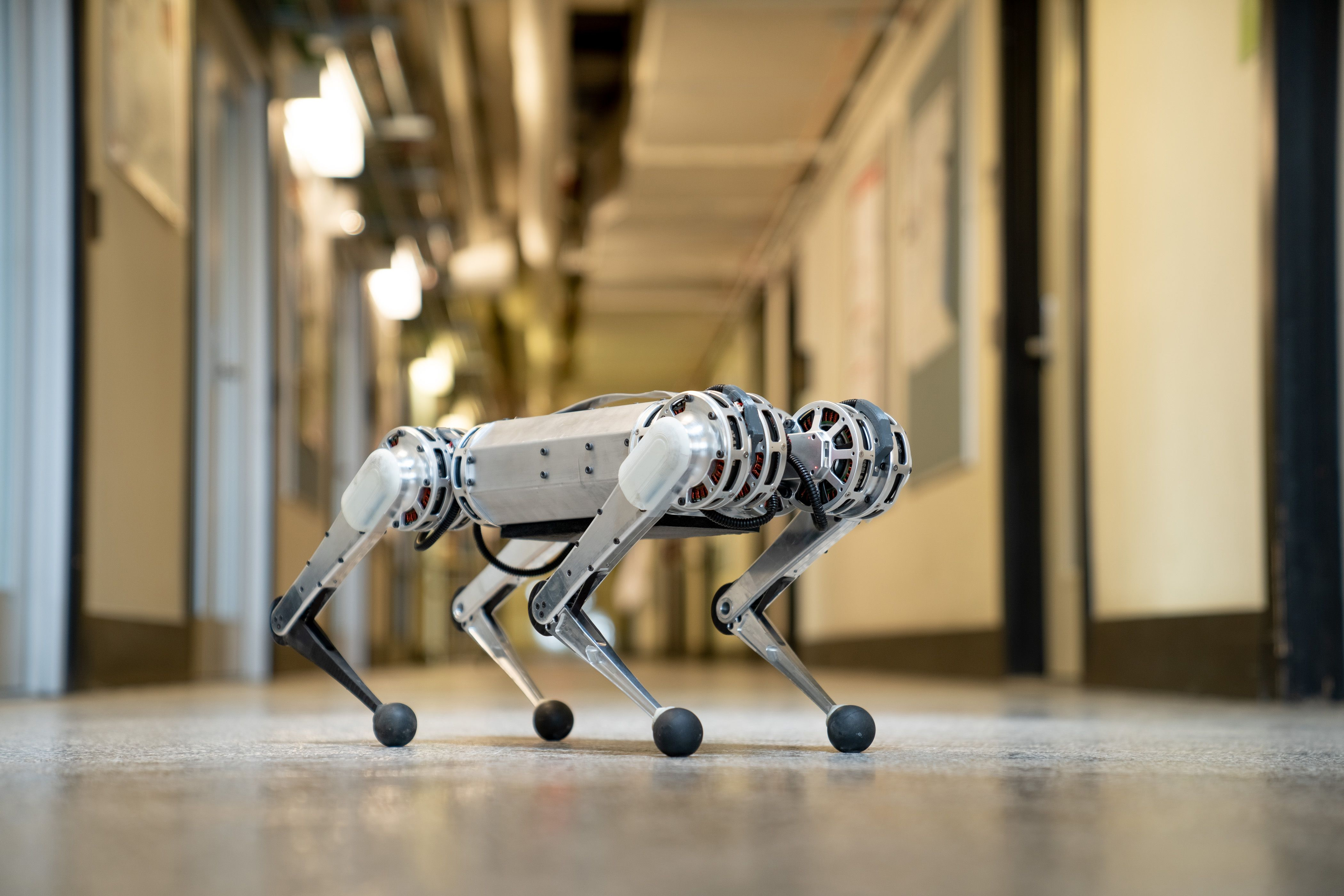

For the small quadruped robot 'Mini Cheetah' developed by the MIT research team, light and strong parts were essential for dynamic movement. The team actively utilized 3D printing to produce multi-joint structures and exterior parts.
- Lightweighting: Implemented parts with complex internal structures using 3D printing to reduce the robot's weight and maximize movement performance.
- Development Acceleration: Dramatically shortened the robot's development cycle through a method of immediately printing and testing parts after design modifications.
3. Festo - 'BionicSoftHand' Overcoming the limitations of complex internal structures

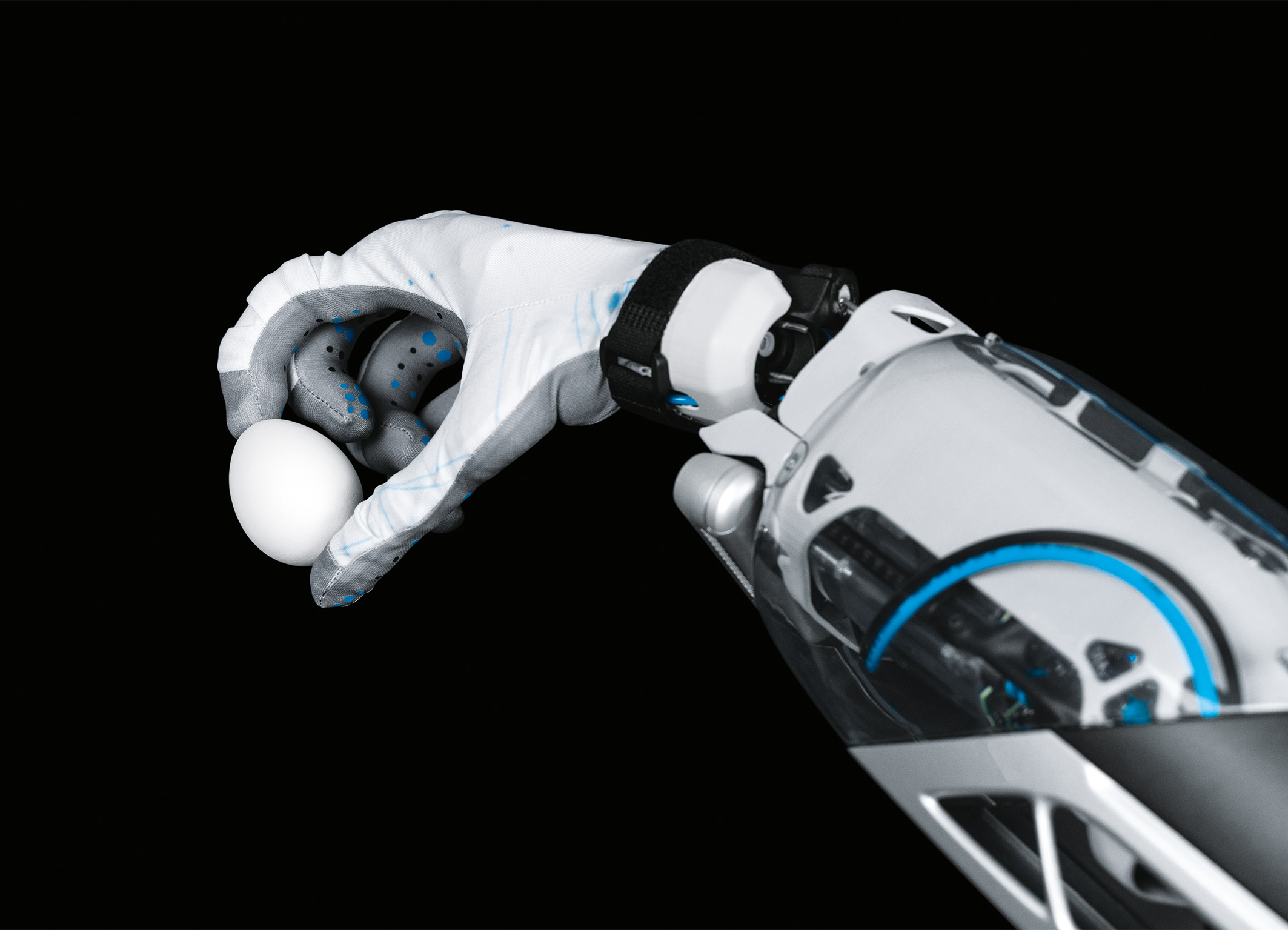
Industrial automation company Festo developed 'BionicSoftHand,' a soft robot gripper capable of safe interaction with humans. This robot hand features a flexible structure and complex internal channels for pneumatic actuation.
- Shape Realization: Perfectly realized flexible pneumatic fingers and fine internal air passages, which are nearly impossible to produce with traditional machining methods, using 3D printing (utilizing FDM/TPU, etc.).
4. INRIA - 'Poppy' An open-source robot anyone can make


France's INRIA humanoid robot 'Poppy' used 33 3D printed parts for its entire structure. This is evaluated as a case that significantly increased the accessibility of robot research and education by allowing users to easily change and customize the robot's design as needed.
As such, cases of utilizing 3D printing, including SLA, to produce complex parts in a timely manner or realize customized designs are surging, ranging from cutting-edge robot startups to biomedical engineering companies and academic research teams.
Why is SLA Technology Key for Robot Part Manufacturing Among Many 3D Printing Methods?

Overwhelming Precision and Surface Quality
SLA technology uses a laser to precisely cure liquid resin. This boasts superior resolution and smooth surface quality compared to other 3D printing methods (such as FDM). SLA has unrivaled strengths in producing precision parts where a beautiful appearance is important, such as robot exterior covers or sensor housings, or where fine internal channels and complex gear structures must be implemented.
Realization of Complex Shapes and Part Consolidation (DfAM)
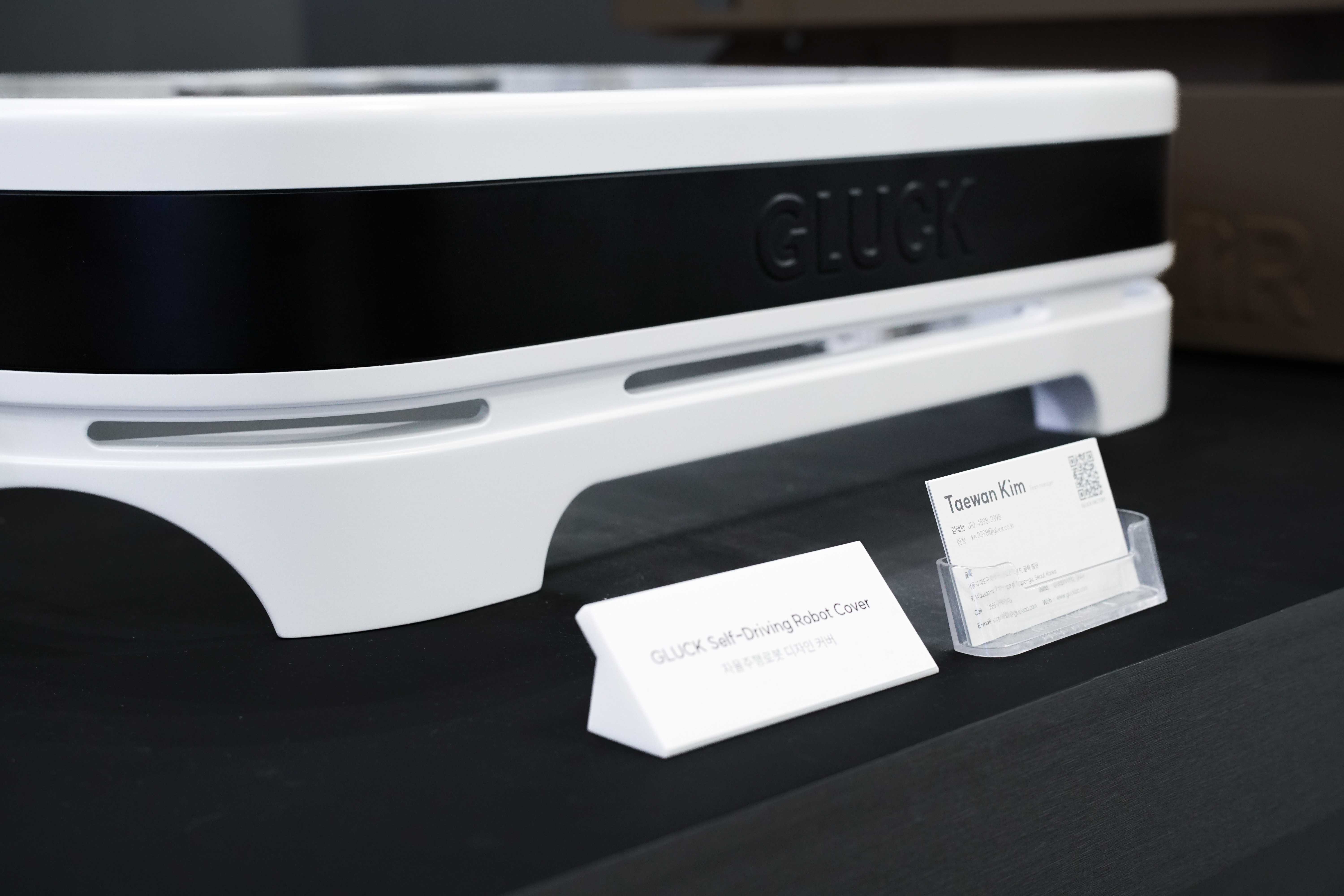

Robots are composed of complex curves and organic shapes such as joints, frames, and exteriors. Traditional machining methods made it difficult to realize these shapes or required the assembly of numerous parts. However, SLA 3D printing can print any complex shape at once as long as there is design data. Furthermore, innovative designs such as consolidating multiple parts into one or hollowing out the interior to reduce weight are possible through DfAM (Design for Additive Manufacturing). This plays a decisive role in realizing robot lightweighting to increase energy efficiency and improve motion performance.
Flexibility Optimized for High-Mix Low-Volume Production

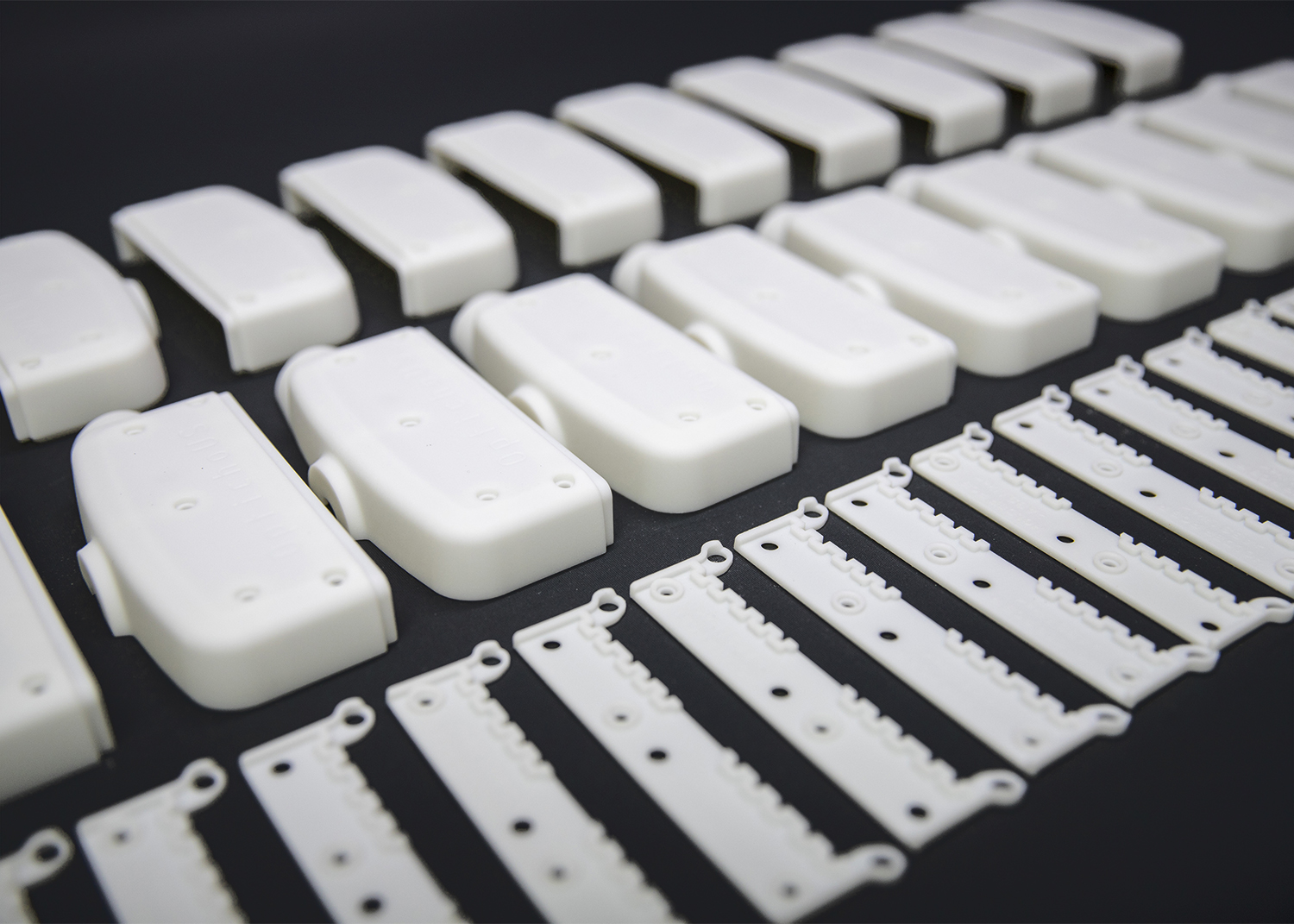
The robot market has the characteristic of high-mix low-volume production. This is because customized production is often required depending on the use and environment, such as service robots and wearable robots. Since SLA 3D printing enables immediate production from a digital file without mold manufacturing, it is optimized for quickly producing various types of robot parts in small quantities. This provides the flexibility to shorten development periods and respond quickly to market reactions.
The Landscape of Robot Part Production Will Change in the Next 5-10 Years
As the utilization of 3D printing in the robot field increases, the related market is also growing steeply.
Global Market: The global 3D printing robot market size is projected to grow from about $2.25 billion in 2022 to about $7 billion by 2030 (CAGR 15.27%). This suggests that the share of 3D printing in robot manufacturing and operation will continue to expand.
Potential of the Korean Market: Korea is a robot powerhouse with the world's highest robot density in manufacturing. Coupled with government-led smart manufacturing (Industry 4.0) initiatives, the dissemination of 3D printing in the robot sector is accelerating. Korea's total 3D printing market size is expected to reach about 4 trillion KRW ($3.17 billion) by 2033, and the utilization in robot and automation parts, along with custom medical manufacturing, is emerging as a high value-added core area.
① Evolution of High-Performance Materials
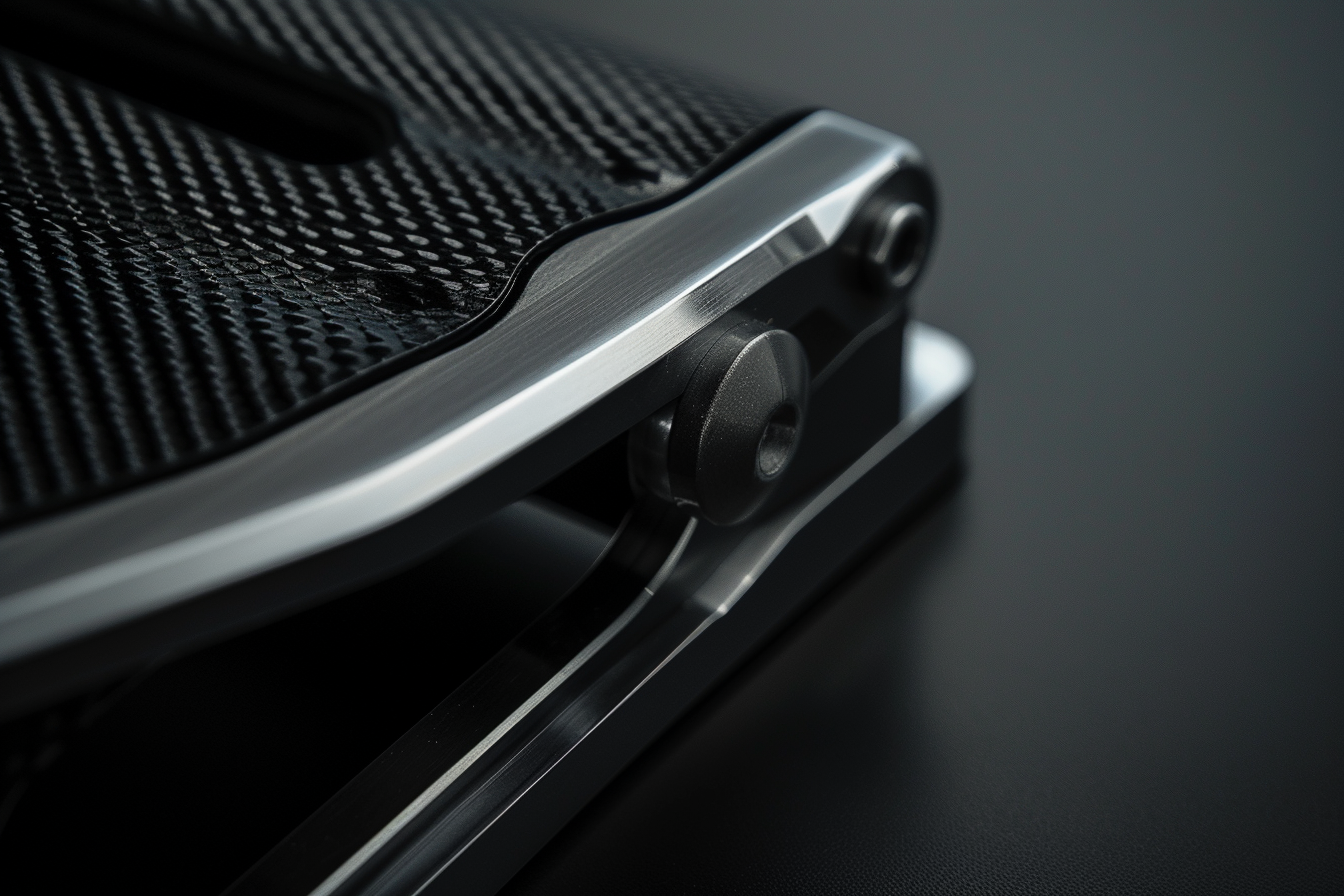
Materials overcoming the brittleness (tendency to break easily) that was a weakness of past SLA resins are appearing one after another.
- High Strength/Composite Materials: Tough resins that realize high-strength curing even at low light intensity or ceramic/fiber-filled composite resins allow SLA to be applied to robot parts requiring mechanical strength.
- Special Functional Materials: Special purpose materials such as heat-resistant resins that withstand 150~220℃, elastic resins used for flexible sensor parts, and ESD (electrostatic discharge) resins for electronic component housings are being commercialized to respond to various robot environments.
② Expansion to End-use Parts

Currently, robot manufacturers mainly use 3D printing for prototype verification, but within the next 10 years, the share of 3D printing for final parts is expected to increase significantly. In fact, in a survey, 30% of respondents in the robotics field answered that they use 3D printing for end-use part production, a figure comparable to the automotive industry (33%).
③ Combination of DfAM and AI Design
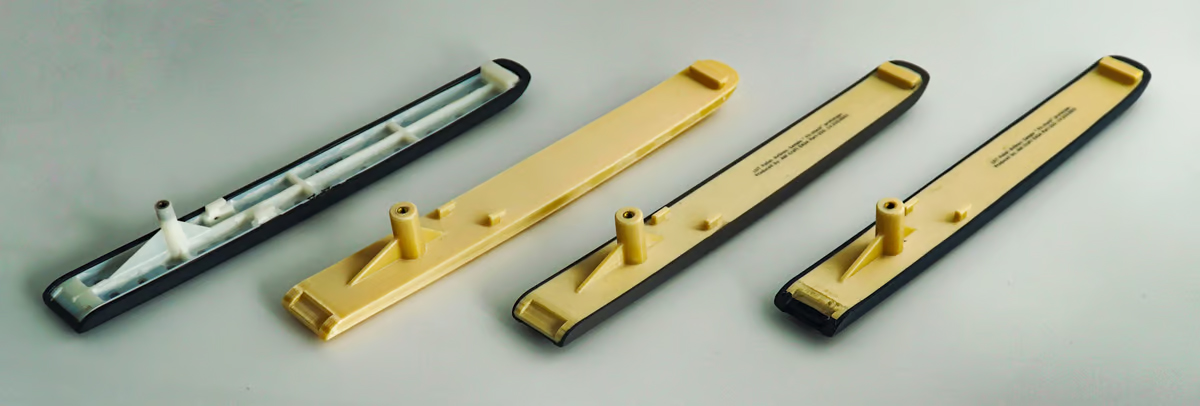
The development of generative design and AI-based topology optimization tools will accelerate 'Robot Design for 3D Printing (DfAM)'. AI designs organic and complex shaped parts that cannot be made by human hands or traditional machining methods, and SLA printers precisely implement them, leading the lightweighting and high efficiency of robots.
GLUCK: Changing the Speed of Industrial R&D with Professional 3D Printing Solutions

GLUCK, Korea's largest industrial 3D printing manufacturing service company, is leading this trend. Based on a smart factory equipped with about 50 industrial large-scale SLA 3D printers, GLUCK provides one-stop solutions from robot part prototyping to final mass production.
Flexible Response to Large Parts and Mass Production:

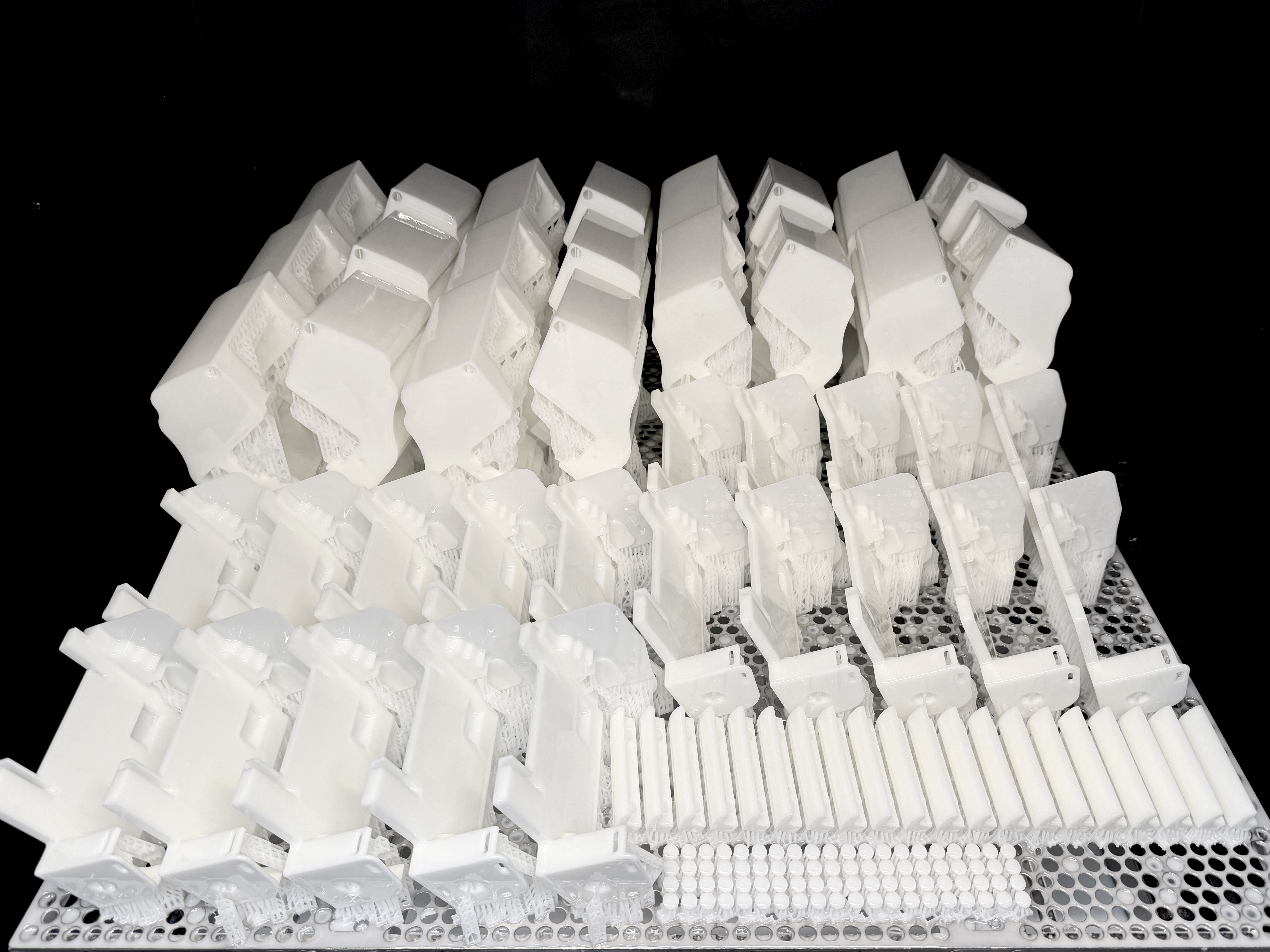
GLUCK has the production capacity for mass production of thousands of units as well as the manufacturing of large parts over 2 meters, and ultra-high precision printing of up to ±50μm is possible. It is essential for manufacturing core parts of research robots such as sophisticated sensor housings, complex gears, and assembly parts requiring fine error management. The smooth surface comparable to injection molding allows for the creation of high-quality prototypes without separate complex post-processing.
Functional Prototypes at Final Part Level

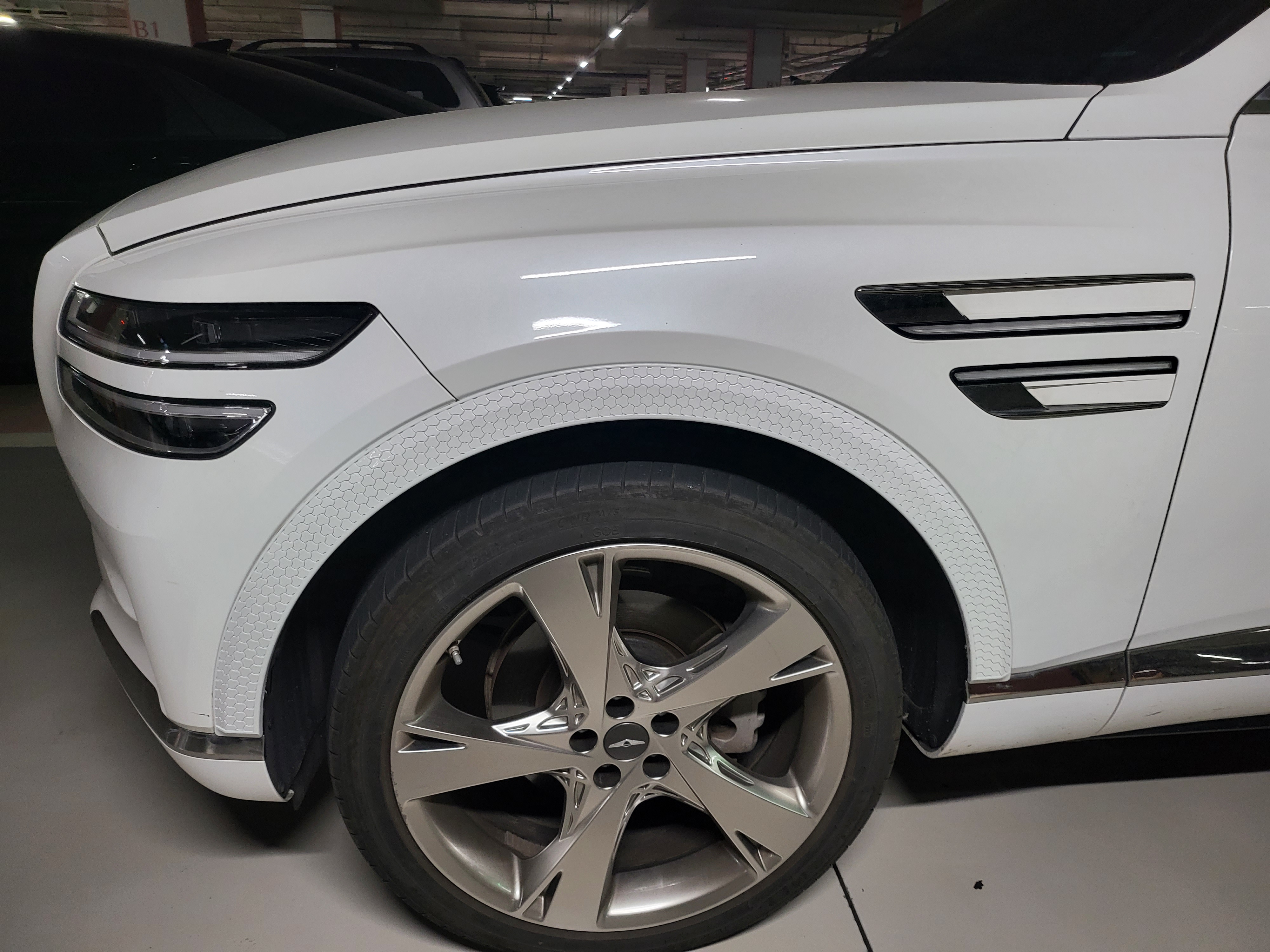
Prototypes produced by GLUCK are not just models with simple shapes. They have precision and high durability equivalent to actual End-use Parts, enabling functional and performance testing under conditions similar to the actual environment. Just as GLUCK tests by manufacturing automotive 'fenders' that must withstand strong air resistance with industrial 3D printing, reliability at the mass production level can be verified from the prototype stage in robot research as well.
Professional Engineer's 3D Printing Design (DfAM) Consulting

The core of successful 3D printing utilization lies in designing optimized for the technology. Together with Korea's largest industrial SLA 3D printing infrastructure, GLUCK provides design optimization consulting based on DfAM (Design for Additive Manufacturing). We contemplate and propose design solutions that can maximize the advantages of industrial 3D printing, such as part lightweighting, part consolidation, and functionality enhancement.
Check out Gluck's diverse industrial robot manufacturing examples!
Manufacturing technology that creates robots within a fast timeframe after repeated testing. GLUCK's industrial 3D printing solutions will elevate your robot development and production competitiveness to the next level through the advantages of rapid production, free shape implementation, and lightweighting.
Contact GLUCK today.
📩 For production and consultation inquiries: https://glucklab.com/
#GLUCK #글룩 #3D프린팅 #산업용3D프린팅 #SLA3D프린팅 #로봇제작 #로봇부품 #SLA #3D프린팅시장 #미래전망 #DfAM #다품종소량생산 #맞춤형로봇 #OpenBionics #HeroArm #MIT #MiniCheetah #Festo #Poppy #스마트팩토리 #제조혁신 #RobotManufacturing #AdditiveManufacturing #FutureTrends #3DPrinting #Industrial3DPrinting #SLA3DPrinting #RobotManufacturing #RobotParts #SLA #3DPrintingMarket #FutureOutlook #DfAM #HighMixLowVolume #CustomRobots #OpenBionics #HeroArm #MIT #MiniCheetah #Festo #Poppy #SmartFactory #ManufacturingInnovation #RobotManufacturing #AdditiveManufacturing #FutureTrends
'인사이트 (Insights)' 카테고리의 다른 글
| 애플(Apple), 3D프린팅 대량생산으로 제조 방식을 전환하다 (0) | 2025.11.19 |
|---|---|
| 구글 AI가 세계적인 디자이너와 협업 한다면? : 구글 딥마인드 사례로 본 생성형 디자인의 현실화! (0) | 2025.11.04 |
| 3D프린팅 환자용 이어몰드 : 스위스 보청기 사례로 본 산업용 맞춤형 생산 (0) | 2025.10.31 |
| 아덱스(ADEX) 2025와 산업용 3D프린팅, 방산 모형 정밀제작과 다품종 소량생산 (0) | 2025.10.30 |
| 레고(LEGO), 산업용 3D프린팅으로 대량생산의 경계를 넓히다 (0) | 2025.10.27 |

